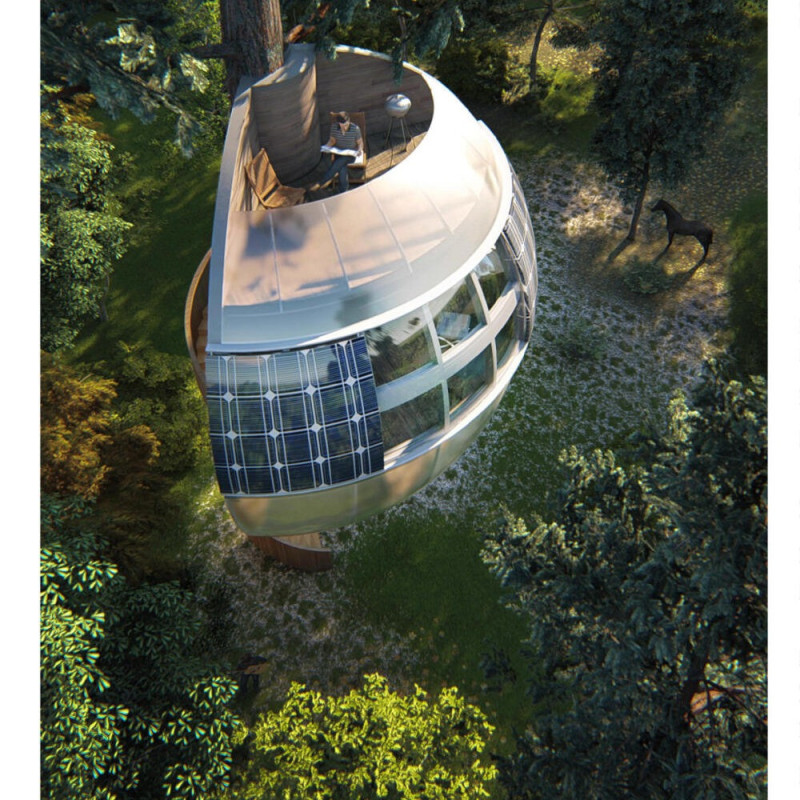5 key facts about this project
The Leaves House project reflects a careful design that prioritizes sustainable living in its everyday context. Established in an environment that requires thoughtful environmental engagement, the house serves as a residence that encourages a lifestyle connected to nature. The overall design emphasizes a shift from traditional consumerism to an approach that values ecological responsibility.
Design Concept
Leaves House incorporates the ideas of personal carbon trading and green value into its framework. The personal carbon trading fund allows residents to measure their contributions to reducing carbon emissions based on their individual choices. This system promotes awareness and encourages a shared commitment to sustainability within the community. The green value aspect incentivizes residents to adopt environmentally friendly practices, making sustainability a part of their daily lives.
Biotic Relationship with Nature
The design emphasizes a meaningful connection to the natural environment. Trees are planted regularly, serving both as a resource for construction and as a means to enhance local biodiversity. The building features areas for rainwater collection, which helps manage moisture levels in the environment. These elements work together to create a space where nature and architecture support one another, fostering a healthier ecological system.
Material Selection
Leaves House uses materials that prioritize durability and energy efficiency. Plywood and pine planks provide essential structural support while adding warmth to the aesthetics. An insulation layer improves energy consumption, making the house more comfortable throughout the seasons. Sheet aluminum contributes to a robust, weather-resistant outer layer. Double-layer glass enhances the flow of natural light while reducing heat loss, which is essential for maintaining a stable indoor climate.
Design Features
Notable features of Leaves House include translucent polycarbonate panels, which allow natural light to permeate the interior. These panels also contribute to the building's energy efficiency by optimizing sunlight. The wooden posts and structure create a tactile connection to the surrounding landscape, enriching the experience of both spaces. Each design choice serves to reinforce the connection between indoor living and the natural world outside.



















































